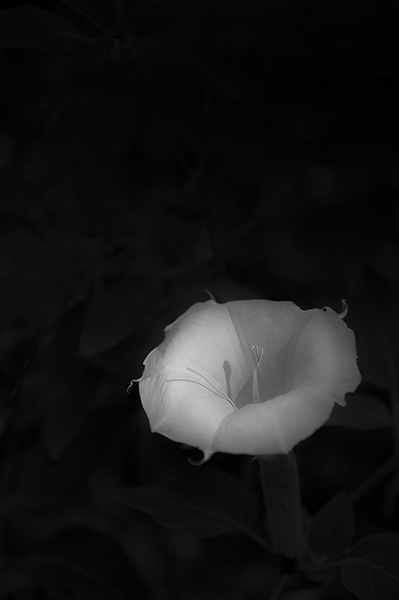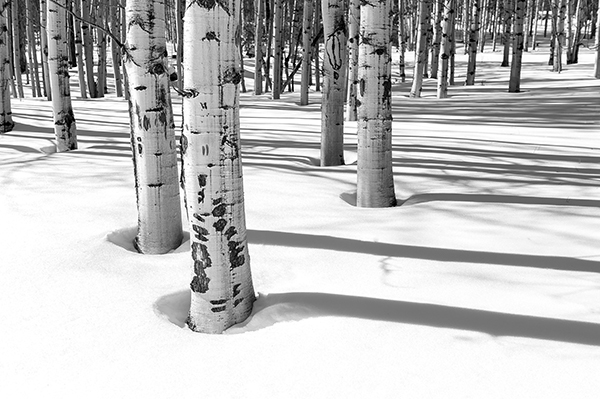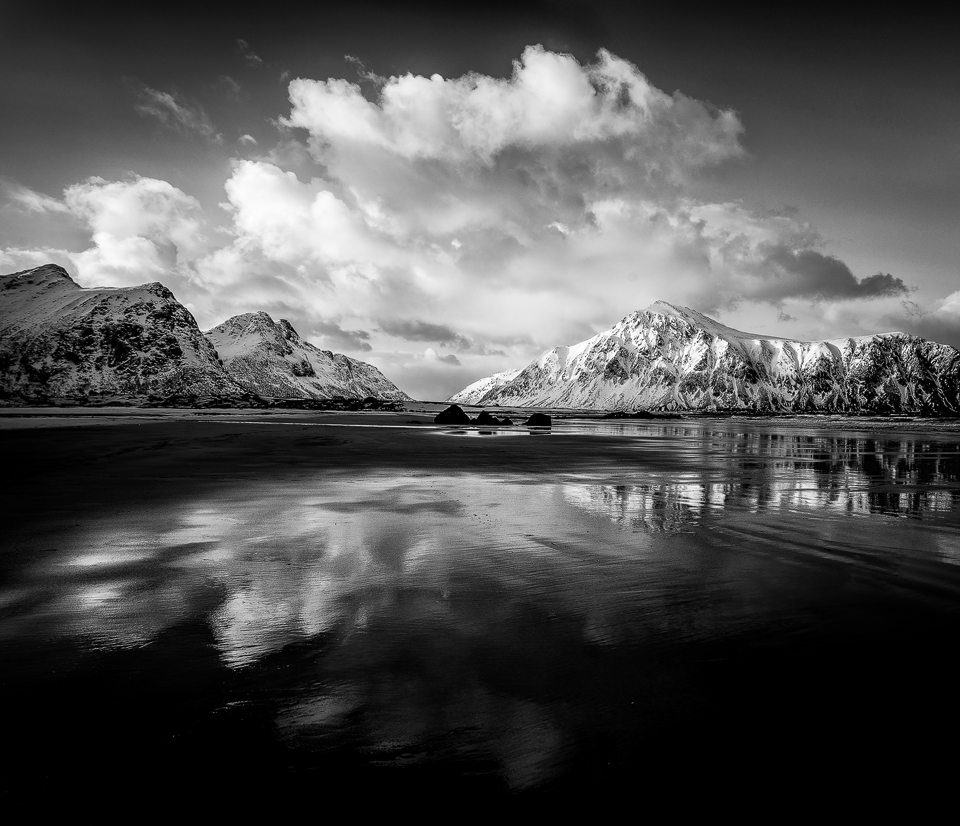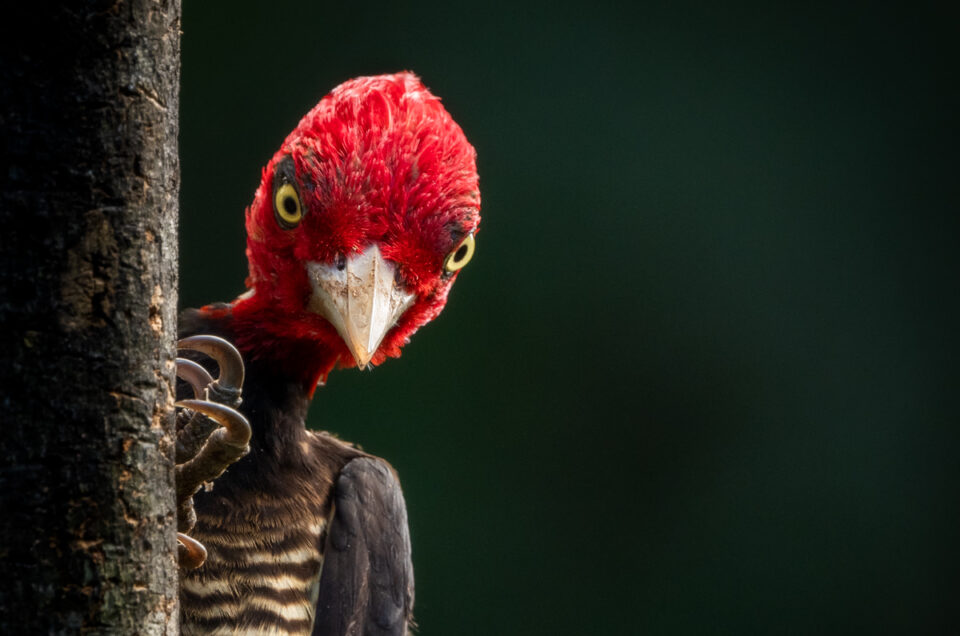

Though the vast majority of my published portfolio is in color, I enjoy working in black and white as well. Color photography began to overtake the market in the mid – 20th century and has effectively left black and white photography as essentially a niche market for photographers who use this medium for artistic purposes. Most professional photographers today would agree that creating an appealing black and white photograph requires much more effort than one in color. Thus the market has been shaped by the influx of color in our profession and changed public perception in ways that few ever anticipated. In 1935 the Eastman Kodak Company came out with its Kodachrome film, a product that revolutionized the photographic industry. Before that time those wishing to capture color images had to deal with heavy glass plates, tripods, long exposures and a painstaking development procedure, despite all this work photographers were left with unsatisfactory results. After dominating the market for decades, Kodak announced in 2009 that it would be discontinuing it’s production of Kodachrome as it now accounted for less than 1% of the company’s revenue. Ironically enough, Kodak is now all but obsolete in the world of digital photography.

Composing images with the absence of color demands that one be even more mindful of photographic principles. Suddenly things like subject matter, composition, contrast, textures, tones and shading take on a whole new level of importance. In the world of color photography it’s often all too easy to become lax in these areas and rely on colors to persuade the viewer’s eyes into appreciating the image they are looking at. Thanks to our culture of rampant visual stimuli, creating compelling black and white images that will appeal to the general public has become increasingly difficult. A widespread popularity for photos that demonstrate a misuse of color saturation has led to images that rival Lisa Frank’s graphic art, and this can be discouraging for some. However, this doesn’t mean that we shouldn’t exercise ourselves in the discipline of working in a black and white medium.

It was Ansel Adams that said, “A photograph can hold just as much as we put into it, and no one has ever approached the full possibilities of the medium.” If one of the greatest black and white photographers could make such a statement we should take it upon ourselves to see what work we can contribute to this end. Some have said, “A picture is worth a thousand words”… If the greatest poets were able to paint pictures with their words, how much more ought we as photographers be able to create pictures without colors? I encourage you to challenge yourself by composing images in black and white; I’m confident that it will assist in making you a more skilled photographer and help you create in ways you never thought possible. See the world in black and white and throw away those colorful crutches for a while.
Your thoughts and comments are always welcome.
– Nathaniel Smalley




Leave a reply